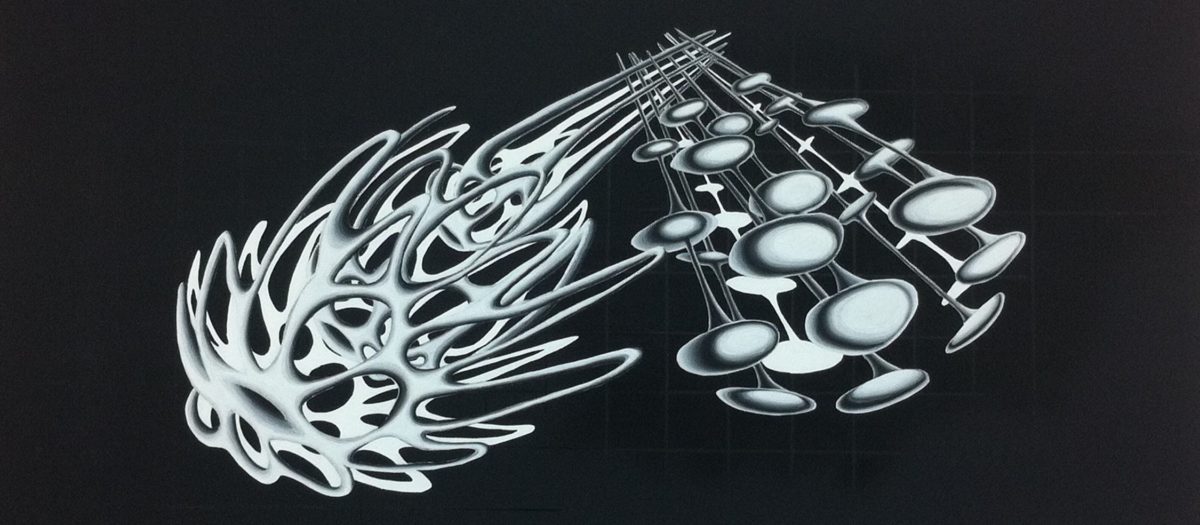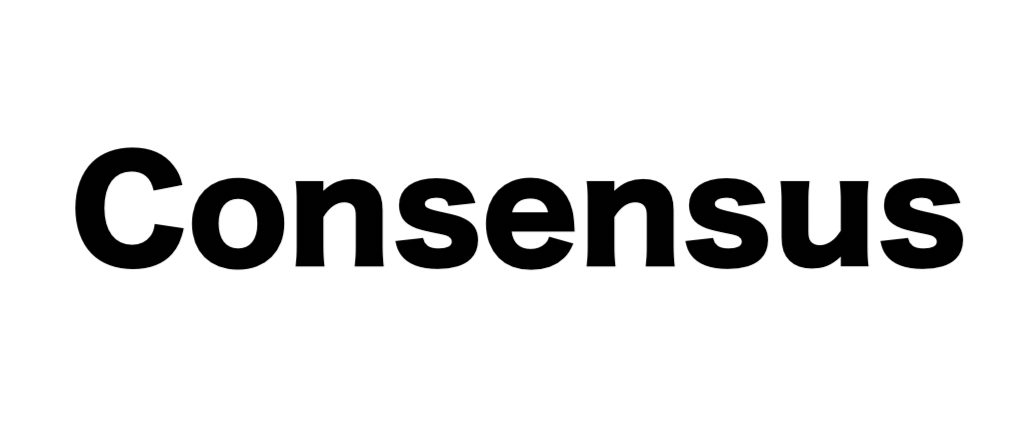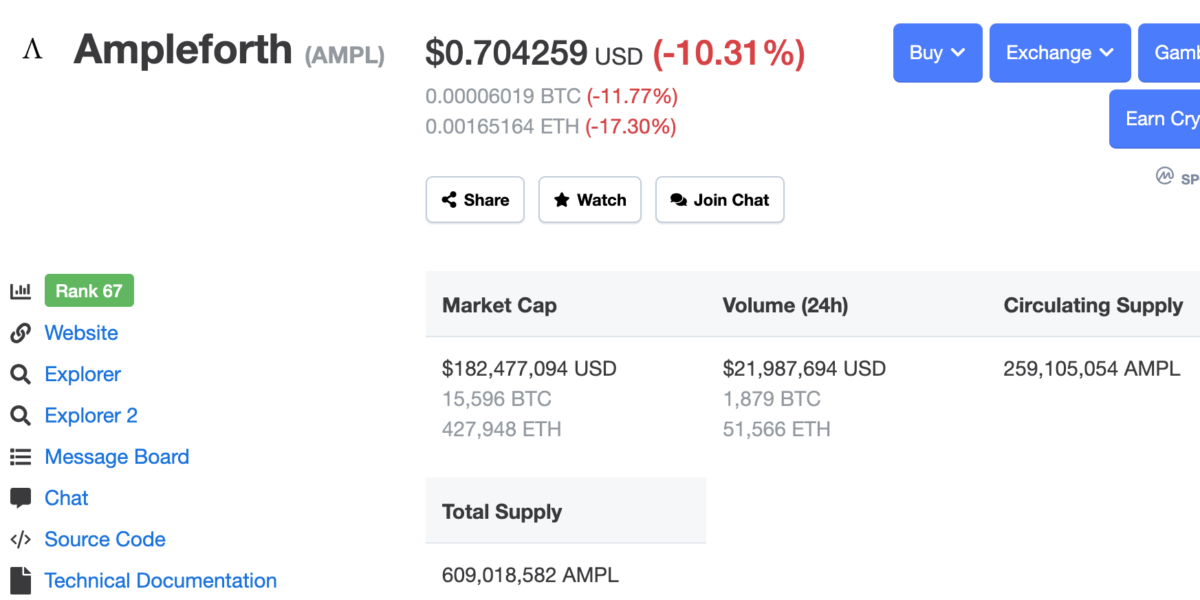Abstract: This thesis aims at consensus-building on citations in Peer-to-Peer (P2P) systems. Citations, a source of various quantitative measures for intellectual products (e.g., scientific publications, patents, web pages), are more robust and productive if autonomous peers in a P2P system can determine and construct their true structure. However, this consensus-building has remained unreliable due to three problems that preceding studies have not addressed simultaneously: free-riding, strategic misreporting, and reviewer assignment. Therefore, we combined random walks on graphs with peer prediction methods and proposed two incentive mechanisms (ex-ante and ex-post consensus) that reward reviewers who participated in consensus-building. Experimental studies support the usefulness of the two incentive mechanisms for all three problems, by showing that peers can (i) be reviewers more often as they get higher PageRank scores and (ii) maximize the expected rewards per review by always reporting true beliefs. Our proposal—rewards from the consensus-building on citation relationships—also contributes to open-access intellectual products as an alternative scheme to grants, royalties, and advertisements. On the other hand, potential applications require future studies to prevent spamming and Sybil attacks and make the reward a sufficient incentive.
Mita et al. (2020) “What is Stablecoin?: A Survey on Its Mechanism and Potential as Decentralized Payment Systems”
Abstract: Our study provides a survey on how existing stablecoins—cryptocurrencies aiming at price stabilization—peg their value to other assets, from the perspective of Decentralized Payment Systems (DPSs). This attempt is important because there has been no preceding surveys focusing on the stablecoin as DPSs, i.e., the one aiming at not only price stabilization but also decentralization. For clarity, we first classified existing stablecoins into four types according to their collaterals (fiat, commodity, crypto, and non-collateralized) and pointed out the high potential of non-collateralized stablecoins as DPSs; then, we further classified existing non-collateralized stablecoins into two types according to their intervention layers (protocol, application) and confirmed details of their representative mechanisms. Utilizing concepts such as Quantity Theory of Money (QTM), Tobin tax, and speculative attack, our survey revealed the status quo where, despite the high potential of non-collateralized stablecoins, they have no standard mechanism to achieve the stablecoin for practical DPSs.
合意形成の美学とコンセプチュアル・アートの復興
- より美しい合意形成の制度を追究する
- これはコンセプチュアル・アートの復興でもある
- 制度批判に留まらず制度設計に切り込む
文章を3倍速く仕上げること、これも技術のうち
- まずは精神的安定のために習慣的に書く
- 執筆速度向上のために薄く繰り返し書く
- 10周程度で累積文字数が収束して完成する
アーティストはブロックチェーンの合意形成に着目せよ
- ブロックチェーンの本質は合意形成にある
- 合意形成はコンセプチュアル・アートの主題である
- しかしアーティストは未だこれをほとんど議論していない
Ampleforthという悪堕ち
- Hayek moneyという元ネタ
- 無担保型stablecoinの高い壁
- Ampleforthという悪堕ち
美術産業へのコロナ関連支援はデジタルアーカイブを基軸にすべき
- 下策: 美術関係者を対象とした給付金交付
- 中策: 美術館のデジタルアーカイブ推進
- 上策: 中策 + リーディングミュージアム私案
A Brief Introduction of Art Industry
- 現代美術を産業として捉えた際の基本的な構造を図示
- 各プレイヤーの短期的な目的は (もちろん) 利益を上げること
- しかし彼らの最終的な目的は自身が関わる作品や動向の名を美術史に刻むこと




